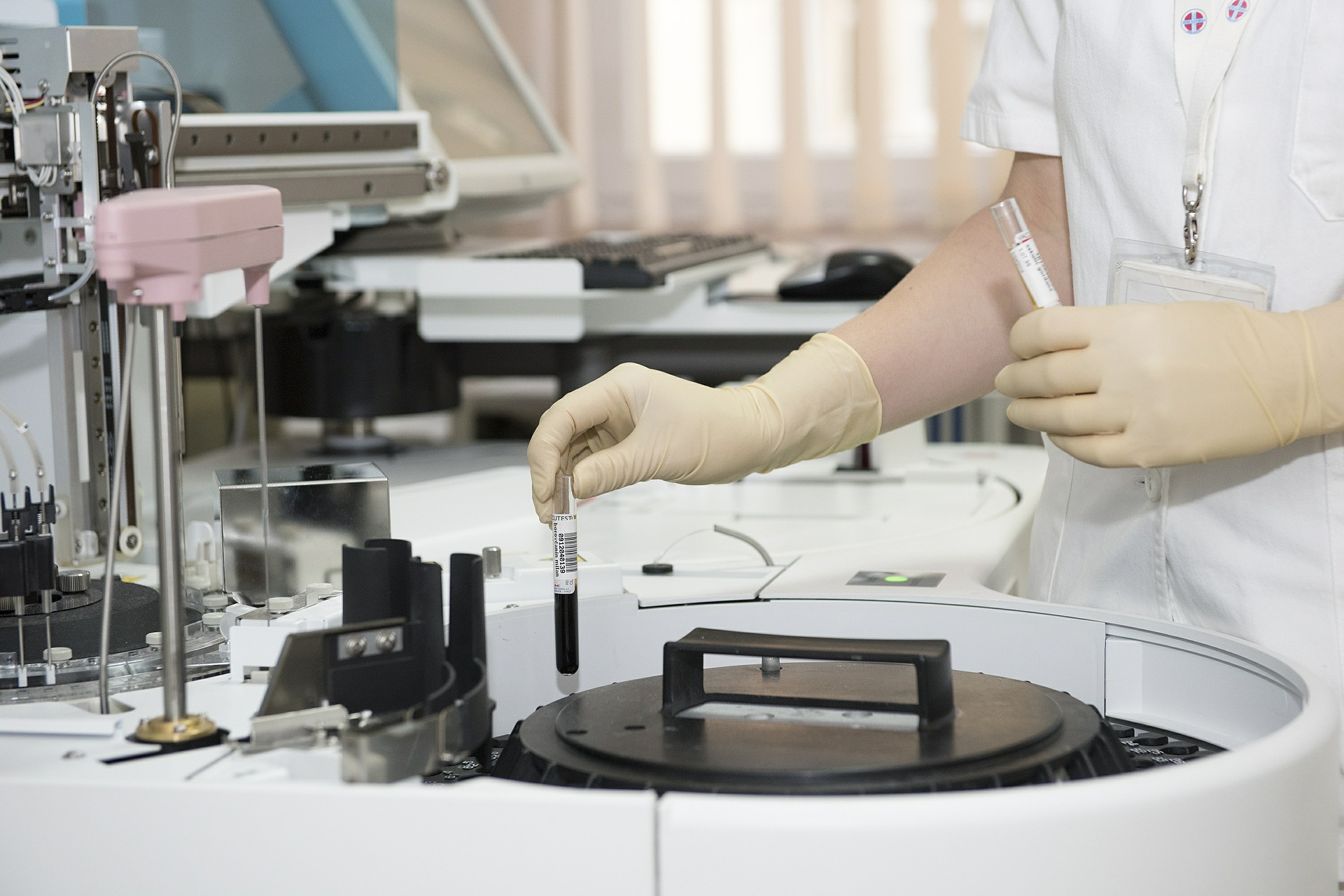You have chosen not to allow videos from the 3rd party streaming service (YouTube), if you would like to see these videos, please change your Privacy policy and cookie settings.
Infertility surgery for women
Certain conditions affecting a woman’s fertility such as endometriosis, fibroids and blocked fallopian tubes can be treated with surgery. Find out more about the different types of surgery and which conditions it can be used to treat.
Which conditions affecting your fertility can be treated with surgery?
Blocked fallopian tubes
If you have only slight scarring or a potentially reversible blockage of the tubes (for example, you’ve previously had a sterilisation procedure) and your clinic has the expertise, surgery may be offered.
Scarring around the end of the fallopian tube can cause it to block with a watery fluid (hydrosalpinx). Unfortunately, in many cases the damage may be too severe to treat successfully. In these circumstances, doctors may recommend the fallopian tube is removed as this has been shown to improve the chance of successful IVF treatment. However, in milder cases, the blocked outer end of the tube is opened using keyhole surgery (a laparoscopy).
If you’ve previously had a sterilisation procedure that used clips to close the fallopian tubes, it may be possible for this to be reversed. This usually involves an open abdominal operation where the clips are removed and the tubes carefully repaired using an operating microscope.
Find out more about laparoscopy on the NHS Choices website.
Adhesions in the pelvis
If the ovaries are covered in fine adhesions from previous pelvic inflammation, eggs in the ovaries have no access to the open end of the fallopian tubes which means you won’t be able to get pregnant. It may be possible to remove all the adhesions (salpingo-oophorolysis) using keyhole surgery.
Polycystic ovary syndrome (PCOS)
Most women with PCOS who are not ovulating will receive drug treatment, but in circumstances where the woman requires a diagnostic operation (a laparoscopy), surgery may be suggested. A procedure called ovarian drillinghas been shown to restore ovulation as effectively as medication.
Endometriosis
Endometriosis is a condition where tissue identical to the lining of your uterus (womb) – the endometrium – grows outside the uterus. Each month it bleeds at the same time of your period, which can cause scarring, pain, and in some cases, cysts in your ovaries. If, during keyhole surgery, you’re found to have mild endometriosis with a few tiny deposits on the ovaries and pelvic ligaments, these may be destroyed at the time with a heated needle (electrodiathermy).
If the endometriosis is more extensive, involving other organs or significant cysts on your ovaries, you may be offered further surgery where the endometriotic tissue is removed, usually through laparoscopic surgery. The decision to operate will be made on an individual basis, taking into account the extent of the disease, where it is situated, and the impact surgery may have on you and your ovarian function.
Removal of fibroids
Fibroids are harmless (benign) growths of smooth muscle found in the uterus. Their position in the uterus will have an impact on a woman’s fertility, with those growing inside the uterus (submucosal) having the largest impact, and those growing on the outside (subserosal) having the least impact. It may be possible to shrink large fibroids with medication, taken over a period of up to six months. In most cases, this reduction in size is only temporary.
Fibroids can also be treated in a non surgical way called uterine artery embolisation, which can reduce both the symptoms and size of the fibroids. However, in general, significant fibroids thought to affect your fertility are removed surgically.This can be achieved with keyhole or open surgery.
If you have had large fibroids removed, leaving several scars in the uterus, you will probably be recommended to have an elective caesarean section, rather than giving birth naturally.

You can be treated for all these conditions on the NHS

"When both my fallopian tubes were found to be blocked I was told I had virtually no chance of conceiving naturally, which was devastating."

"Our wedding day felt like a bit of a strange anti-climax. When other couples might start trying for a family we thought ‘okay, now what?'"
Is surgery for me?
When you first attend your clinic, it might not be clear what the underlying cause of your infertility is. Rather than having invasive surgery immediately, it’s reasonable to assume your pelvis is healthy unless your medical history suggests otherwise. This could include:
- If you’ve experienced pain at penetration which has prevented full sexual intercourse. Examinations may show that the entrance to the vagina is very tight and full penetration has never occurred.
- If your periods have become increasingly heavy. This could mean the uterus is enlarged by fibroids.
- If your periods have become heavy and painful and intercourse is painful on deep penetration. On examination a very tender, thickened area can be felt at the top of the vagina which could be endometriosis.
- If you’ve had pelvic surgery in the past and on examination the uterus feels fixed in position instead of being able to be easily moved, suggesting the presence of adhesions.
- If you’ve had previous pregnancies with your partner which required any form of uterine surgery, and you cannot now get pregnant with that partner, blocked fallopian tubes due to infection may be the cause.
What tests might I have if I have a potential surgical problem?
You may have one of the following examinations:
Examination under anaesthesia: this is a thorough internal examination of the pelvis to inspect the vagina and cervix and to assess the size, shape, position and mobility of your uterus and ovaries
Hysteroscopy: this inspects the cavity of the uterus to see if there are any fibroids, adhesions or developmental malformations like a septum (wall dividing the cavity of the uterus), all of which may prevent the embryo from implanting.
Laparoscopy and dye test: used to inspect the entire pelvis to confirm that the tubes are open and healthy and check if there’s any endometriosis or adhesions.
What are the different types of surgery?
If you require surgery as part of your fertility treatment, either conventional open surgery or keyhole surgery may be offered.
Keyhole surgery - where possible, your clinic is likely to recommend keyhole surgery (laparoscopy) as this is a less invasive procedure which produces less scarring than with conventional surgery. Keyhole surgery uses a 1cm cut in the belly button (umbilicus) and two or three smaller cuts close to the pubic hair line. This type of surgery requires a general anaesthetic.
Hysteroscopic surgery – tissue growths (polyps), of the endometrium and submucosal fibroids (see above) can be removed using a small telescope put through the cervix.
Conventional surgery - usually uses a ‘bikini-line’ cut about 10 cm long. This type of surgery usually requires a general anaesthetic.
After surgery will we need to have IVF or can we try to conceive naturally?
It really depends on how serious your condition was and what was involved.
Women with tubal damage should try naturally for up to six months after surgery. You should be aware that there is a higher risk of an ectopic pregnancy, so if you do conceive, you’ll need a six-week scan to make sure the embryo is correctly sited in the uterus.
Women who have had surgical treatment for endometriosis may well conceive naturally, provided their tubes are clear.
If fibroids are removed, women would usually attempt to conceive naturally after a gap of three months, unless there are other problems. Anyone with large fibroids, or those impinging on the inside of the uterus (the uterine cavity), would need to have them dealt with before attempting IVF.
Patients who have ovarian drilling for PCOS may also conceive naturally if there are no other problems.
If you do not conceive naturally six months after surgery, the next step would usually be IVF.
Where can I go for support?
There are several organisations that can offer advice and emotional support, which many people find helpful.
From our partners
Support for women with endometriosis (Endometriosis UK)
Support for women with PCOS (Verity)
Find an accredited infertility counsellor (BICA)
Review date: 28 April 2027

